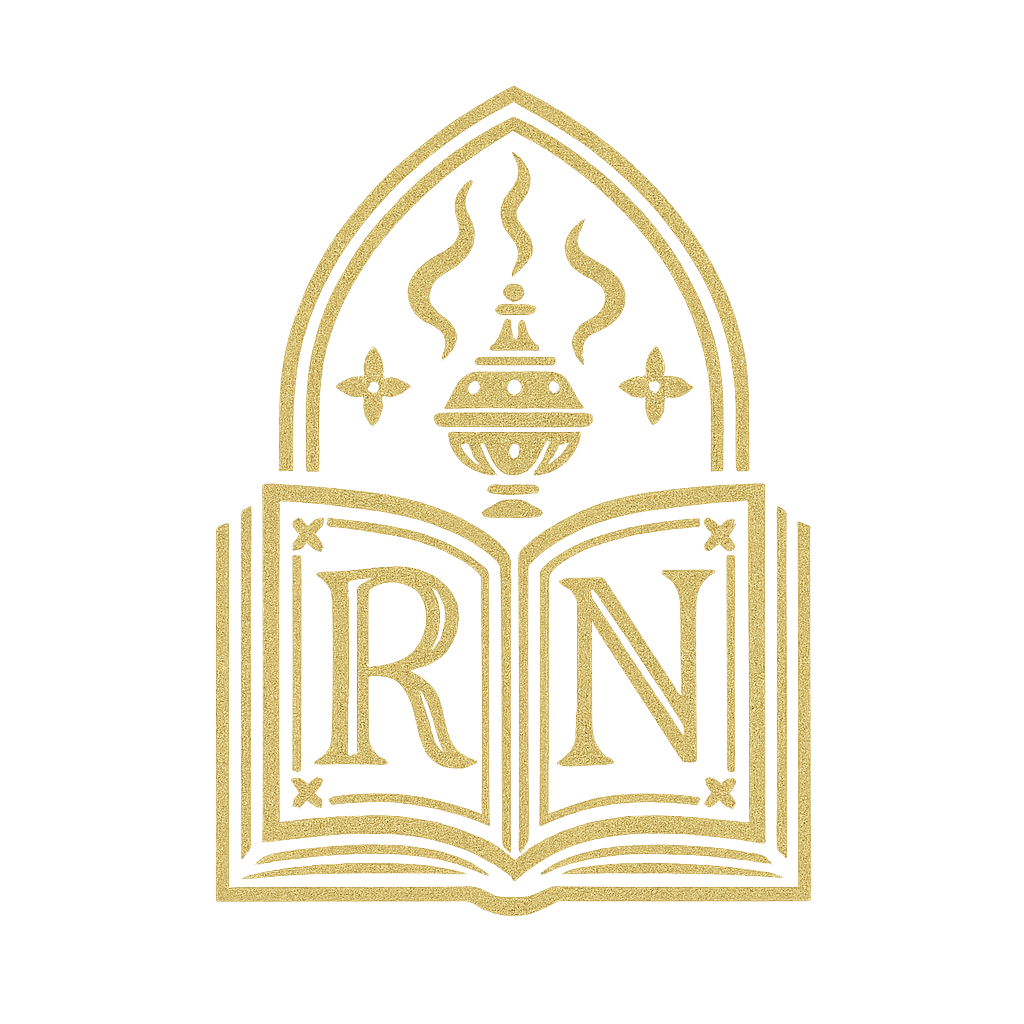Ashes to Ashes, Dust to Dust
This has been a hard week for death. I realize it’s a hard week for death for someone every week, but at least for me, this week has been particularly harsh. This week alone in my hometown, two family friends, and one aunt have passed away. I was at one of the local funeral homes today and observed that business was, indeed, good.
The idea of the funeral has changed over the years, even during my 19 years of pastoral ministry. The death of a loved one is a devastating event and I mean no disrespect the obsequies for any person. However, trends in funerals have led to utter confusion as to what we are supposed to be doing. Is the funeral therapy for the living or a celebration of the dead? A combination of both? Sometimes the body is present and sometimes the body isn’t. I’ve noticed in obituaries that funeral homes insert “memorial service” as a matter of course without any real consideration as to what that means.
Christian burial serves two purposes. The first is to commend the soul of the deceased to Almighty God and the second is to commit their body to the earth. A funeral properly done can provide tremendous comfort and peace to the living but only because the liturgy is focused on the dead. The comfort comes partly in giving the living a duty, a job, to pray for the dead and to reverently prepare the body for restful anticipation of the Resurrection.
Historically, the funeral rites have consisted of five liturgical movements: the procession of the body to the church, the Office of the Dead, the Requiem Mass, the Absolution (Commendation), and the Committal. Each of these movements could be a stand-alone liturgy and officiated by a different priest and each of these movements is preserved in the current Book of Common Prayer.
In the first 60 days of 2018, I’ve had some liturgical function around 6 deaths. Broken down, I’ve done 1 requiem, 3 burial offices, 1 stand-alone committal, and 1 commendation. Ideally, all five movements would be included for the funeral but these were done as they were for pastoral considerations. Yet, each one still keeps the focus on the commendation of the soul and the burial of the body. When the integrity of the liturgy is kept, the focus is always on the mercy of God, our hope in Christ, and our duty and privilege to pray for and bury the dead. The beauty of the liturgy is that if we trust it, we are not shouldered with the burden of trying to sum up a person’s life with our inadequate tributes. We can never do justice to a person’s life with a 60-minute presentation, nor should we try. Our memories and love for them do not end at the burial. Nor do our prayers.
The burial of the dead is a corporal work of mercy. Unless circumstances made it impossible, I’ve never turned down a funeral. Weddings? Yes. Funerals? Never. No one likes to talk about death or even think of their own mortality. But I am convinced that if we take care of the dead and recover our beautiful theology surrounding death, we will pay more attention and care to the living.
Rest eternal grant to all the faithful departed and may light perpetual shine upon them.
May they rest in peace.

